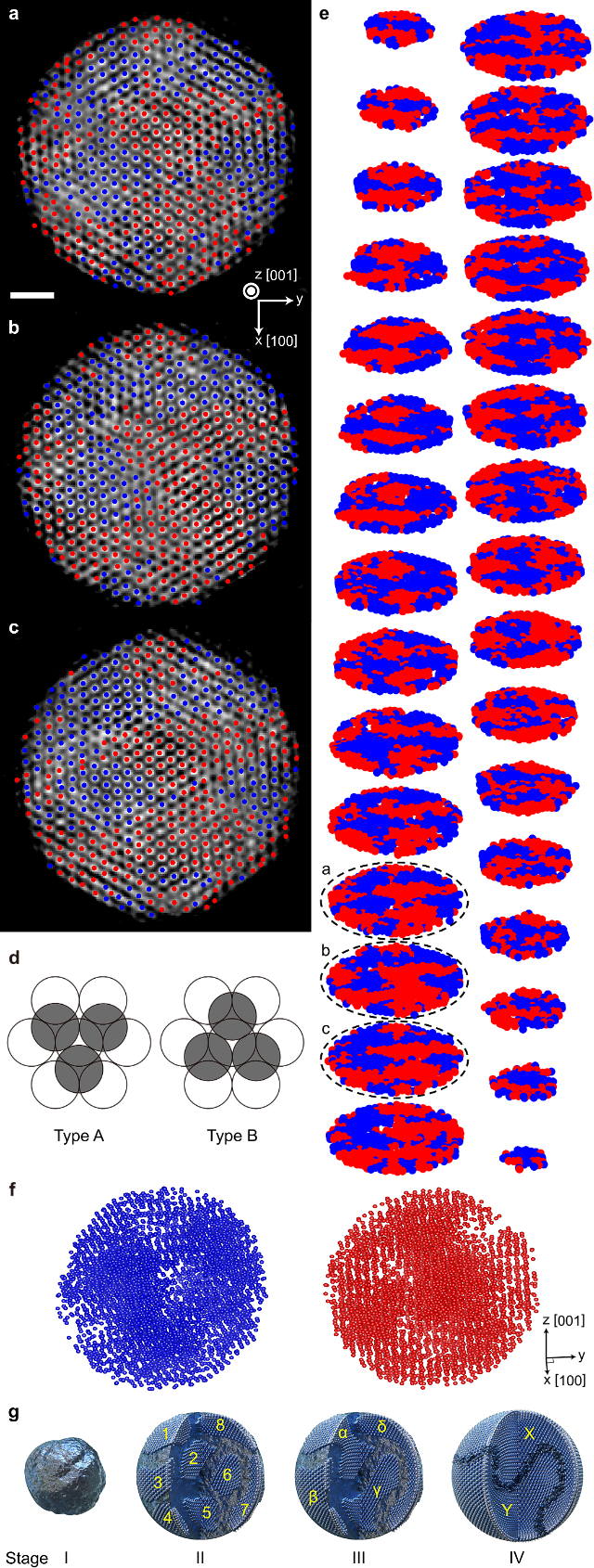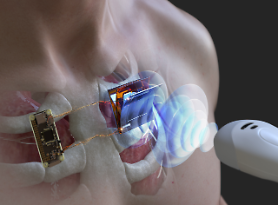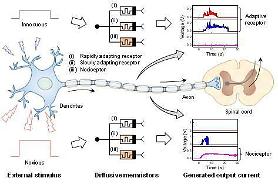
[Courtesy of KIST]
SEOUL -- For the first time in the world, South Korean researchers have found the existence and creation mechanism of a new palladium material that is in a metastable state which has higher thermodynamic energy characteristics than ordinary stable materials. Palladium is a vital material for hydrogen fuel cells and hydrogen storage equipment.
Palladium is a rare metal that has a strong affinity to hydrogen thanks to its catalytic and hydrogen-absorbing properties. The unique material is regarded as one of the core materials that would bring a huge change to the paradigm of the hydrogen economy including hydrogen fuel cells, storage and purification. Palladium is used as a catalytic material for fuel cell batteries.
A metastable material has higher thermodynamic energy than stable materials but it requires a massive amount of energy to become stable. For example, a diamond cubic and a chunk of graphite are both made of carbon, but diamond is in a metastable state while graphite is stable. It requires a lot of energy to turn diamond into graphite. Many metastable materials hold different characteristics compared to their stable counterparts.
The Korea Institute of Science and Technology (KIST) said that researchers from two research institutes -- the Korea Advanced Institute of Science & Technology (KAIST) and Pohang University of Science and Technology (POSTECH) have created a material called "metastable close-packed palladium hybride" in the liquid cell of a transmission electron microscope (TEM).
To establish a systematic theory about the generation of the unreported material, researchers created a hydrogen atmosphere inside a TEM and grew palladium crystals that have new crystalline structures. They found that the newly-developed metastable palladium material has better thermodynamic properties and up to 200 percent higher hydrogen storage capacity than a stable palladium material.
"By using the new metastable material composition method, We were able to acquire important core technology for the development of new alloy materials that include light elements," KIST researcher Chun Dong-won said in a statement on March 24.
Copyright ⓒ Aju Press All rights reserved.




